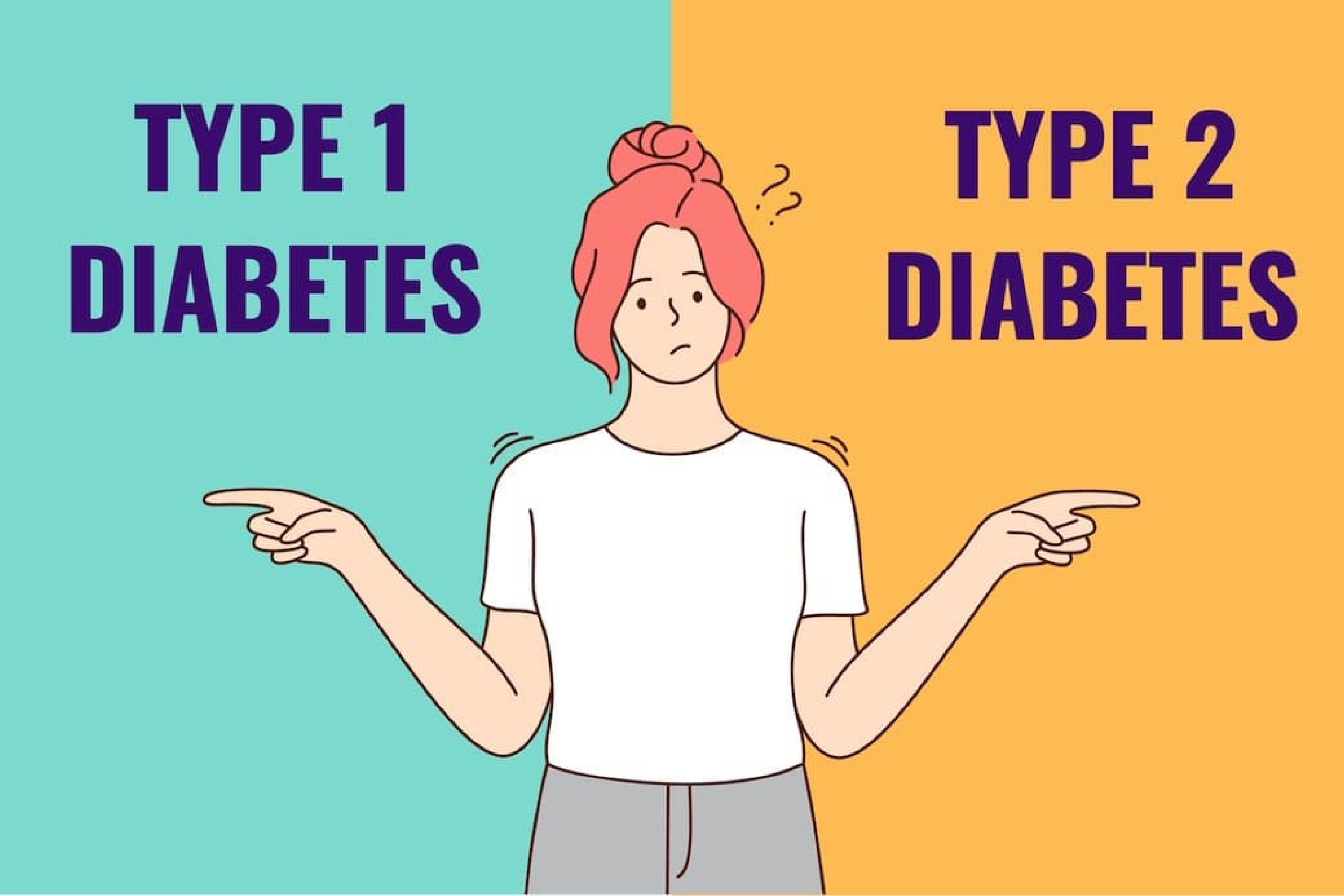Understanding the Difference Between Type 1 and Type 2 Diabetes
November is National Diabetes Month, a time to educate ourselves about diabetes. Understanding the difference between type 1 and type 2 diabetes can help you manage your health or support loved ones living with the condition.
What is Diabetes?
Insulin is a hormone made in the pancreas that helps your body use sugar for energy. Diabetes occurs when your body either doesn’t produce enough insulin or can’t use it properly.
Type 1 Diabetes:
In type 1 diabetes, the body’s immune system mistakenly attacks the insulin-producing cells in the pancreas, leaving the body unable to make insulin.
Type 1 diabetes is often diagnosed in childhood but can develop at any age. While the exact cause isn’t known, it’s thought to be a combination of genetic and environmental factors.
Common symptoms of type 1 diabetes include frequent urination, extreme tiredness, unintended weight loss, slow-healing cuts, blurry vision, and increased hunger.
People with type 1 diabetes need to take insulin to replace the insulin their body can’t produce.
Type 2 Diabetes:
In type 2 diabetes, the body either doesn’t produce enough insulin or doesn’t use it effectively, causing insulin resistance.
Type 2 diabetes can occur at any age but is more common in adults. Risk factors include age, family history, ethnicity, and being overweight.
Symptoms of type 2 diabetes are similar to those of type 1, including frequent urination, fatigue, unintended weight loss, slow-healing cuts, blurry vision, increased hunger, as well as gum problems, itching, and numbness or tingling in the hands or feet.
Unlike type 1, type 2 diabetes can often be managed without insulin. Regular physical activity, a healthy diet, and routine health checks are essential for managing type 2 diabetes.
If you're experiencing any symptoms of type 1 or type 2 diabetes, it's important to talk to your doctor for proper diagnosis and management.

